Each year, the same whirlwind hits.
Black Friday. Boxing Day. Prime Day. Flash sales.
Inventory disappears in hours or lingers untouched for weeks.
Orders skyrocket or plummet.
And somebody, perhaps you, are left to explain why demand forecasting got it wrong.
Again.
Sounds familiar?
Now imagine it the other way around. You nail your forecast exactly. Inventory synchronizes like a perfectly rehearsed orchestra. Sales fly. Customers are smiling. Margins are intact. And your team? Cool, caffeinated, and sure of themselves.
That’s the magic of product demand forecasting, when it works.
But as you well understand, doing it correctly on sales events like Black Friday, Boxing Day, and Cyber Monday is cruelly challenging. We are not referring to a small problem. We are referring to a setup where historical data becomes unreliable, people’s behavior goes haywire, and the pressure to deliver is sky-high.
So, welcome to the high-stakes world of product demand forecasting during promotional periods. And spoiler alert, guessing is out. Predictive analytics and AI-driven forecasting are in. If you’re in retail, you’ve seen how AI in eCommerce is reshaping everything, including how demand is predicted.
Let’s dive deep into how modern businesses are turning data into foresight; especially when the pressure’s on.
Why Is Product Demand Forecasting So Unreliable During Sales Events?
If you’ve ever spent an evening in a war room before a major sale, you understand the suspense. You’ve likely wondered:
- “Will we have sufficient inventory?”
- “What if this campaign does better than we hoped?”
- “Are we overestimating last year’s trend?”
Sales events distort typical patterns of buying. Promotions induce FOMO. Influencer shoutouts produce flash spikes. Even weather conditions can alter patterns of buying. And then there is the killer variable; new products that lack a historical baseline.
So why is old-school forecasting so unsteady here?
Well, because:
- Static models can’t adjust to surprise shifts in demand.
- Human-based forecasts can’t handle the pace or volume of live event data.
- A mere 10% mistake can snowball into millions lost in revenue or inventory.
So, let’s be honest; gut and Excel aren’t going to make the cut anymore.
What is Predictive Analytics in Product Demand Forecasting?
Predictive analytics in product demand forecasting is fundamentally about converting historical and real-time data into intelligence that can be put to use.
It pulls from:
- Past sales history
- Current inventory
- Marketing campaigns
- Seasonality trends
- Social media signals
- Web traffic
- Third-party economic indicators
These systems learn over time through machine learning. They identify trends that the human eye would overlook, such as the 300% increase in mini waffle maker sales that occurred last Boxing Day because of a small TikTok mention.
This is where predictive analytics in ecommerce shines, it connects behavioral signals with business action, turning noise into strategy.
One apparel retailer employed AI-powered demand forecasting in Cyber Week. Their forecasting model indicated an imminent demand surge for out-of-season jackets. Why? Buzz from influencers. They pre-stocked the SKU and observed a 175% conversion spike versus competitors who didn’t know it was coming.
Now let’s dive deeper.
How to Forecast Demand for a New Product with No History?
Here’s where it gets complicated and where most companies fall short.
Forecasting demand for new products at peak events is the forecasting version of flying blind. No history. No velocity curve. Just guesses. But here’s the strategy that succeeds:
Find a comparable (proxy) product:
Look at a similar SKU launched in a similar time window with a similar marketing push.
Blend analogs with real-time behavioral data:
Search trends, social sentiment, click-throughs, cart adds. Every digital footprint counts. Even signals from eCommerce recommendation engines can indicate early product interest before conversions spike.
Use AI to simulate possible scenarios:
Predictive models can generate “what-if” simulations with confidence intervals. They show you possible demand curves.
Test and learn:
Run micro-launches or soft drops pre-sale to capture behavioral signals. This gives your model more fuel.
Tip: When adding new SKUs, always create inventory buffers. More quickly than understocking, overconfidence destroys margins.
What’s the Role of AI-Driven Demand Forecasting for Seasonal and Promotional Products?
Let’s not make it too complicated.
AI-powered demand forecasting for promotional and seasonal items doesn’t simply report what occurred last year. It learns why that occurred and forecasts what’s most likely to happen next.
Here’s how AI adds value:
- Speed: It crunches millions of variables in real time.
- Precision: Learns from micro-trends such as ad click-throughs or influencer virality.
- Adaptability: Dynamically updates forecasts based on live campaign performance or shifts in dynamic pricing in eCommerce.
For example: A cosmetic brand integrates AI-based forecasting during its holiday season. When Instagram engagement on a limited-edition palette spikes 3 weeks early, the system adjusts projections and triggers an inventory reorder. They avoid a stockout and post a 34% YoY increase.
Your spreadsheet didn’t catch that. AI did.
What are the Key Techniques in Product Demand Forecasting Using Predictive Analytics?
Let’s break down the mechanics; clear, simple, and specific.

1. Time Series Analysis: Excellent for identifying repeat patterns within sales cycles. But beware, it is working on the premise that the future will look like the past. Over sales events, this will fail.
2. Regression Models: They break down how various variables affect demand such as price, weather, and marketing expenditure. But they’re static and must be updated regularly.
3. Machine Learning Models: They self-train with each incident. Random Forest, XGBoost, Neural Networks, they are designed to identify nonlinear relationships.
4. Ensemble Models: The gold standard. They offset weaknesses by using several models in combination. View them as an ensemble of predictors, not an individual genius.
5. External Signal Integration: AI models today draw data from social media, macroeconomic signs, and even weather predictions. If it’s snowing ahead, snow boots will take flight off the racks.
What is Predictive Analytics in eCommerce Fraud Prevention?
What are the Key Benefits of AI-Driven Demand Forecasting for Promotional Products?
Let’s make it practical. Here’s what modern, AI-powered forecasting gives you, especially when demand peaks:

1. Improved Accuracy: AI taps into hundreds of variables that people can’t monitor efficiently. Promos? Checked. Competitor pricing? Yes. Online buzz? Absolutely.
2. Speed & Agility: Forecasts can update daily or even hourly. When customer behavior shifts mid-sale, your model adjusts in real-time.
3. Optimized Inventory: Farewell stockout and overstock. Predictive analytics optimizes your inventory, enabling you to take full advantage of the sales window.
4. Improved Marketing ROI: When you understand what will sell and when, you don’t waste budget promoting the wrong products.
5. Smarter Decision-Making: From the C-suite to the shop floor, everyone has the same clear, actionable view. No more guessing.
How to Forecast Demand for New Products?
If you’re introducing something new this sale season, this is a quick-hit strategy for getting your demand forecasting accurate:
Use Analog Product: Identify comparable past products and utilize their sales patterns as a benchmark.
Analyze Market Trends: Google Trends, Amazon Movers & Shakers, Shopify Insights will do the job.
Create Scenario Models: Establish several forecasts: pessimistic, realistic, optimistic. Understand your thresholds.
Integrate Feedback Loops: Track early sales, adapt in real-time, and loop results back into your model.
Rely on AI Tools: Don’t DIY if you don’t have to. Use AI-powered platforms or services specializing in product demand forecasting for sales events.
How does Predictive Analytics in Product Demand Forecasting Work?
With predictive analytics, your data becomes a crystal ball instead of a rearview mirror.
In the context of predictive analytics-based product demand forecasting, it operates as follows:
1. Data Collection
- Historical sales (internal and market-wide)
- Marketing calendars
- External factors (weather, social sentiment, inflation, etc.)
This data often comes from diverse systems, your CRM, POS, ad platforms, and even mobile apps. If you’re building from scratch or upgrading systems, our eCommerce app development guide outlines how to architect a tech stack that supports clean, connected data flow.
2. Data Modeling
- Machine learning algorithms analyze patterns
- Models are trained to detect seasonality, price elasticity, channel performance, and competitor impact
3. Forecast Generation
- Models run simulations under different scenarios: promo vs non-promo, 10% discount vs 30%, etc.
4. Forecast Refinement (AI Looping)
- As the sales event unfolds, AI models adjust in real-time using live data
Compare it to providing your company with a GPS system instead of a paper map that was created six months ago.
Real-World Examples of AI-driven Demand Forecasting for Seasonal and Promotional Products
Demand is at the heart of all business operations, and improving forecasts is critical to coordinating across the enterprise.
Let’s look at some real-world examples of product demand forecasting usin Predictive Analytics:
Cainz- Japan Retail
This home-improvement retailer switched from a static-order moving-average system that “could not make accurate forecasts for seasonal products or short-term trends;” to an AI system developed on Google Cloud’s Vertex AI. New AI projections update weekly by store, significantly enhancing responsiveness to rebalance inventory during holiday peaks. Likewise, Samsung Electronics embraced Amazon SageMaker Canvas so non-tech analysts can produce machine-learning projections. Samsung states this has “improved forecasting accuracy” and reduced analysis from days to hours.
FMCG- USA Retail
A U.S. consumer-goods retailer employed a hybrid ML/time-series forecast through a consulting case study. With the implementation of an AI-driven model, the firm observed forecast accuracy increase ~10%, inventory expenses decline ~15%, and stockouts decrease ~13%. Such improvements equate to smoother performance during Black Friday/Cyber Week. The AI model needed significantly fewer manual corrections and maintained in-demand products in stock when customers anticipated them.
Fast Fashion- Zara, H&M, etc.
Fashion retailers are also using AI forecasting. Zara, for instance, uses AI to examine sales, trends, and external information in real-time. Reports are that the integration of AI with inventory management “reduced stockouts, enhancing customer satisfaction and increasing sales.” H&M Group also highlights that AI-driven demand forecasting allows it “to produce the right products…to the right store, at the right time,” reducing waste. ToolsGroup points out that AI models can even predict completely new products by grouping them with similar existing products. In a ToolsGroup customer, Aston Martin, machine-learning clustering reduced safety-stock inventory by 18% while increasing service levels to 97%.
Target- Holiday Retail
Large retailers openly connect AI with holiday readiness. Target’s CIO indicates AI “helps us ensure our guests find the holiday gifts and essentials they need by forecasting product demand and keeping items from going out of stock.” Practically, Target applies AI models to anticipate spikes and shift stock automatically, making Black Friday/Christmas operations smoother. Across sectors, from electronics and home appliances to fashion, these instances repeatedly demonstrate that AI-based forecasting performs better than manual or strictly historical forecasting during high-pressure sales events.
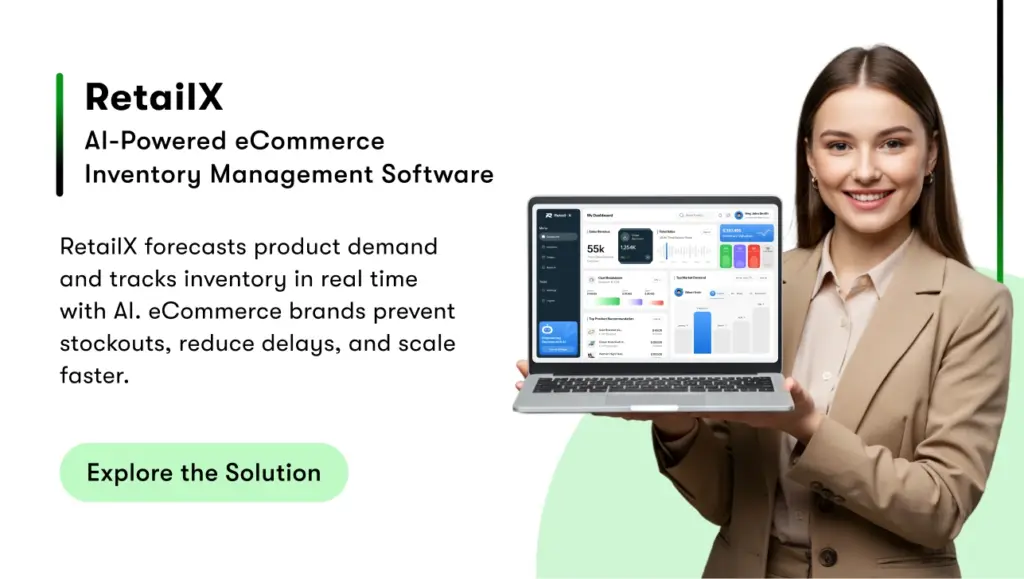
What are the Top Tools for Product Demand Forecasting Using Predictive Analytics?
Are you trying to find useful tools? For businesses that are serious about AI-driven forecasting, this is a carefully curated list of some of the most reliable and successful forecasting platforms.
Folk AI
- Best for: Consumer goods and retail companies.
- Strength: Behavioral signal analysis, social trend forecasting.
- Use case: Forecasting the impact that marketing campaigns will have on demand across SKUs.
- Standout feature: Trains on TikTok, Instagram, and search trends in real time.
o9 Solutions
- Best for: Enterprise-grade B2B and hybrid businesses.
- Strength: End-to-end demand sensing, supply chain planning, and scenario modeling.
- Use case: Global manufacturers predicting raw materials and finished goods demand.
- Standout feature: Multi-tier demand propagation across the supply chain.
GMDH Streamline
- Best for: Mid-sized manufacturers and distributors.
- Strength: Auto-forecast models, including seasonality identification.
- Use case: Automating demand forecasts for 100+ SKUs with minimal human touch.
- Unique feature: Plugs into ERP systems such as NetSuite and QuickBooks.
Forecast Pro
- Best for: Enterprises moving from Excel to sophisticated forecasting.
- Strength: Statistical rigor in time-series forecasting.
- Use case: Businesses requiring flexible forecasting models without extensive ML knowledge.
- Key feature: Great reporting and audit trails for finance and operations teams.
Anaplan
- Best for: Planning-driven businesses with intricate planning processes.
- Strength: Integrated planning across sales, finance, and supply chain.
- Use case: Product demand forecasting in conjunction with revenue and expense modeling.
- Breakout feature: Scenario planning at scale for many business functions.
Start with a quick pilot in the off-season if you’re unsure which one to choose, and compare the forecast accuracy to your existing system. Some platforms even pair well with predictive churn modeling in eCommerce; helping you forecast not just demand, but customer retention too. Others contribute directly to predictive analytics to reduce cart abandonment, ensuring your pricing, availability, and promotions work together to convert interest into actual purchases.
How Does B2B Product Demand Forecasting Differ from B2C Product Demand Forecasting?
Demand forecasting is not the same across industries, despite what you might believe. B2B and B2C have very different objectives, cycles, and data complexity.
Let’s break it down:
B2C Product Demand Forecasting
- Cycle: Short, rapid, very seasonal.
- Most important variables: Social trend, ads, influencer power, website traffic.
- Volume: Large SKU count, rapid turnover of inventory.
- Forecasting problems: Virality, flash sale, product life cycles of brief duration.
- Example: A brand selling electronics wants to forecast sales for earbuds on Cyber Monday using data about TikTok trends, Google searches, and click-through on a campaign.
B2B Product Demand Forecasting
- Cycle: Longer, contractual, frequently quarterly or yearly.
- Critical variables: Sales pipeline, renewal dates, procurement cycles, contract size.
- Volume: Fewer SKUs, larger deal value.
- Challenges in forecasting: Long sales cycles, changes in stakeholders, potential for upsell, lag in CRM updates.
- Example: A SaaS business must forecast demand for their security suite based on existing trials, expansion conversations, and Q4 budgeting.
Note: In B2C, volume and volatility are the enemy. In B2B, visibility and timing are the challenge.
So, What’s the Common Ground?
Both stand to gain hugely from predictive analytics:
- In B2C, AI can identify early purchase signals on millions of customers.
- In B2B, it can examine CRM activity, email opens, support tickets, and account engagement to predict contract closures or churn risk.
Utilize models that are industry-trained and tuned to your particular data type. One-size-fits-all does not apply here.
How do Traditional and AI-Driven Product Demand Forecasting Tools Compare?
Face it, picking the right tool can be daunting. With dozens of sites offering “AI-driven” predictions, how do you sift through the hype and get what’s actually useful?
Here’s a practical comparison between old-school forecasting tools like ERP add-ons, spreadsheets; and new-school AI-driven platforms for predictive analytics.
| Feature / Capability | Traditional Tools (Excel, ERP) | AI-Driven Forecasting Platforms |
| Forecasting Method | Historical averages, manual inputs | Machine learning, real-time analytics |
| Handling New Products | Poor (no history = no forecast) | Uses proxy data, trends, and simulations |
| Speed of Updates | Slow (monthly/quarterly) | Near real-time |
| Accuracy in High-Variability Events | Low | High (especially for promotions/seasonal) |
| Ease of Use for Business Users | Moderate to high | Moderate (requires training) |
| Scalability Across SKUs and Channels | Limited | Highly scalable |
| Data Integration (Marketing, Web, POS) | Rarely integrated | Seamlessly integrates diverse data |
| Learning From New Data | Static | Continuously improves |
Classic tools are road maps. AI platforms are GPS with real-time traffic reporting. However, the best method isn’t either/or. Most companies begin with a hybrid, adding AI to current tools until the model is validated.

What are the Common Pitfalls in Product Demand Forecasting and How Do You Fix Them?
When you’re forecasting demand for sales events such as Black Friday or Boxing Day, errors don’t just sting. They accumulate.
Let’s break down the most perilous pitfalls, the ones that silently drain firms of millions; and provide you with battle-won solutions for each.
1. Over-relying on Last Year’s Data
Why it occurs:
It’s comfortable, convenient, and readily available. Last year’s historical sales data appears to be a reasonable place to begin.
Why it’s risky:
Consumer behavior no longer repeats itself reliably. Algorithms update. Influencer influence flips. Something that busted last November has now passed. Worse, your promotions, price, and customer base may all be different this time.
Solution:
Develop a multi-layer model of forecasting. Don’t solely consider what’s been selling recently; balance that information against recent real-time inputs:
- Social media engagement (mentions, shares)
- Website clickstream and bounce rates
- Marketing campaign velocity (email open rates, CTRs)
- Google Trends data for product/category keywords
- Competitor pricing or discounting strategies
Apply predictive analytics to product demand forecasting to allow machine learning models to detect changes, not only patterns. And always reconcile for promotion changes, inventory changes, and your marketing playbook.
Example:
A clothing store observed their winter boots were not selling as well this year. Their error? Counting on last year’s cold November; this year it was unusually warm. AI models that accounted for real-time weather forecast could have shifted the demand curve weeks beforehand.
2. Ignoring Lead Times
Why it occurs:
Sales and marketing departments tend to jam in aggressive promotions and projections without bringing supply chain and logistics into the mix early enough.
The hope? Inventory will catch up.
Why it’s risky:
Your ad may go viral overnight, but your suppliers won’t.
If lead times are long (particularly on international shipments), stockouts are unavoidable. Or worse, you over-order at the last minute, and stock shows up after the sale has ended leaving you with dead inventory.
Solution:
Embed lead-time sensitivity into your forecast model directly.
- Classify SKUs by lead time risk (e.g. local = low, overseas = high)
- Set buffer inventory thresholds for high-risk SKUs
- Use demand simulations to pressure-test the supply chain under multiple sales velocity scenarios
- Automate early reorder triggers based on forecast confidence intervals instead of fixed sales targets
If you don’t have an agile system to handle this complexity, consider eCommerce predictive analytics consulting that can help tailor your demand planning tools to include supply chain signals.
Example:
A Canadian electronics company had a 12-week lead time from its Taiwanese vendor. By forecasting demand surge windows and aligning with procurement, it made pre-event orders 10 weeks ahead of time and prevented $600,000 in lost sales due to stockouts.
3. Underestimating New Product Complexity
Why it occurs:
New products are thrilling. But most teams predict them with too much enthusiasm or too little information. The absence of past benchmarks makes even advanced models fail.
Why it’s risky:
Every new SKU is a wildcard. It adds noise to your forecast model. You’re flying blind, no purchase history, no buyer behavior, and sometimes, no clue how it’ll perform when real money hits the table.
Solution:
You require a playbook formula for new products’ demand forecasting:
- Employ analog forecasting: Identify a similar product (by price, category, audience, season) and compare its performance to a baseline.
- Include behavioral signals: Track social buzz, search volume, pre-launch activity (waitlists, clicks, wishlist adds).
- Perform soft launches or limited drops: Collect early data from a pilot run before scaling up.
- Employ AI to simulate demand curves: AI can model multiple scenarios and provide you with ranges, not absolutes.
- Establish “controlled risk” inventory quantities: For totally new SKUs, establish a limit and pilot first. Reorder by actual velocity.
Example:
A health supplements company brought a new product with no history. Rather than guessing, they employed proxy data from a comparable SKU and did a limited influencer pre-launch. They refined demand forecasts after early customer input and ramped up inventory only after conversion rates confirmed the projections.
4. Skipping Post-Mortems After Sales Events
Why it occurs:
Having accomplished a frenetic sales effort, the team is burned out. The inclination is to get on with the next campaign or to close the books and label “overall success.”
Why it’s risky:
You lose the gold. Post-event analysis tells you what worked, what didn’t, and what shattered your forecast. If you don’t analyze, you’ll make the same mistakes, perhaps on a grander scale. This also makes it harder to measure the ROI of Predictive Analytics, which depends heavily on understanding real-world results against forecasted outcomes.
Solution:
Conduct a structured forecast post-mortem within 7–10 days following each significant sales event. Involve stakeholders from:
- Marketing
- Inventory/Supply Chain
- Product teams
- Customer support
- Data science or analytics
Focus your analysis on:
- Forecast accuracy per SKU and per channel
- Out-of-stock rates and their causes
- Overstock levels and associated carrying costs
- Correlation between promotions and demand spikes
- Demand “phantoms,” products forecasted to spike but didn’t
- Missed opportunities, high-demand products with low availability
Example:
A SaaS product with seasonal promotions tracked churn and conversion after Black Friday. They discovered that a deep 60% discount encouraged acquisition but terrible retention. They changed their offer strategy and refresher forecasts to better focus on revenue quality, not quantity.
Final Thoughts:
Are You Prepared for the Next Demand Surge?
Sales events aren’t disappearing. Nor is customer unpredictability. But you can change your approach to it. With AI-powered demand forecasting for promotional and seasonal items, you cease to guess and begin to win. You’ll not only forecast demand, but you’ll also drive it. Because when every click counts, foresight is no longer optional. It’s the greatest competitive advantage.
If you’re serious about product demand forecasting that actually makes a difference, particularly in high-stakes events such as Black Friday or Boxing Day; Kody Technolab is the partner for you. Being a top-tier custom software development firm, Kody doesn’t provide off-the-shelf solutions; they develop customized platforms that embed deeply into your data, operations, and go-to-market strategy.
Their AI-powered demand forecasting for promotional and seasonal products means your forecasts are not only accurate, but actionable, adaptive, and built for real-world complexity. Whether you’re rolling out new SKUs, expanding promotions, or aligning supply chains, Kody Technolab arms you with smart, scalable systems that give you an edge where it matters most: precision, agility, and profit. Already exploring options? This eCommerce app development company can help you assess your current setup, uncover blind spots, and lay the groundwork for smarter, faster forecasting.

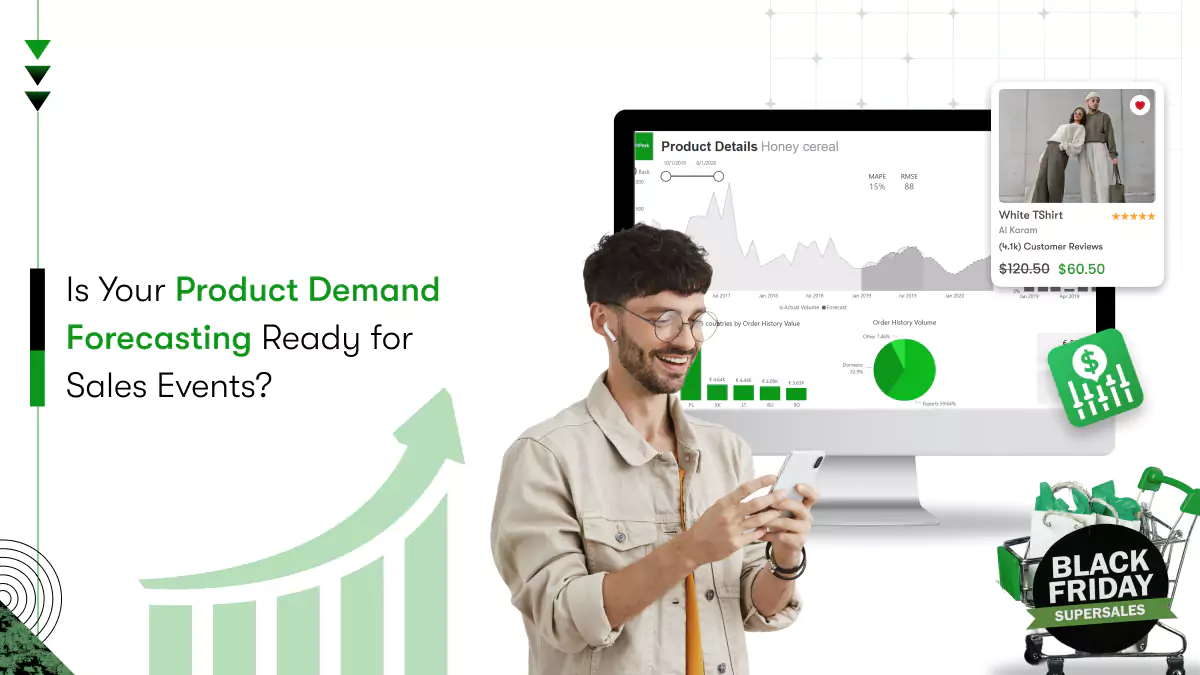
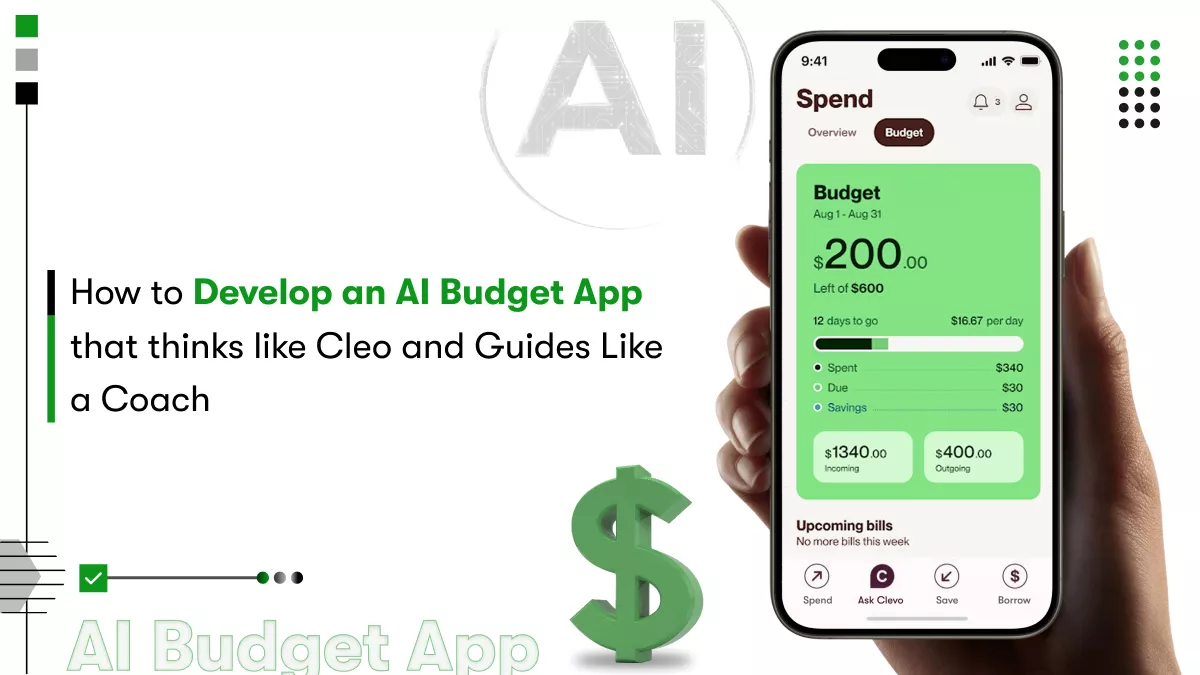

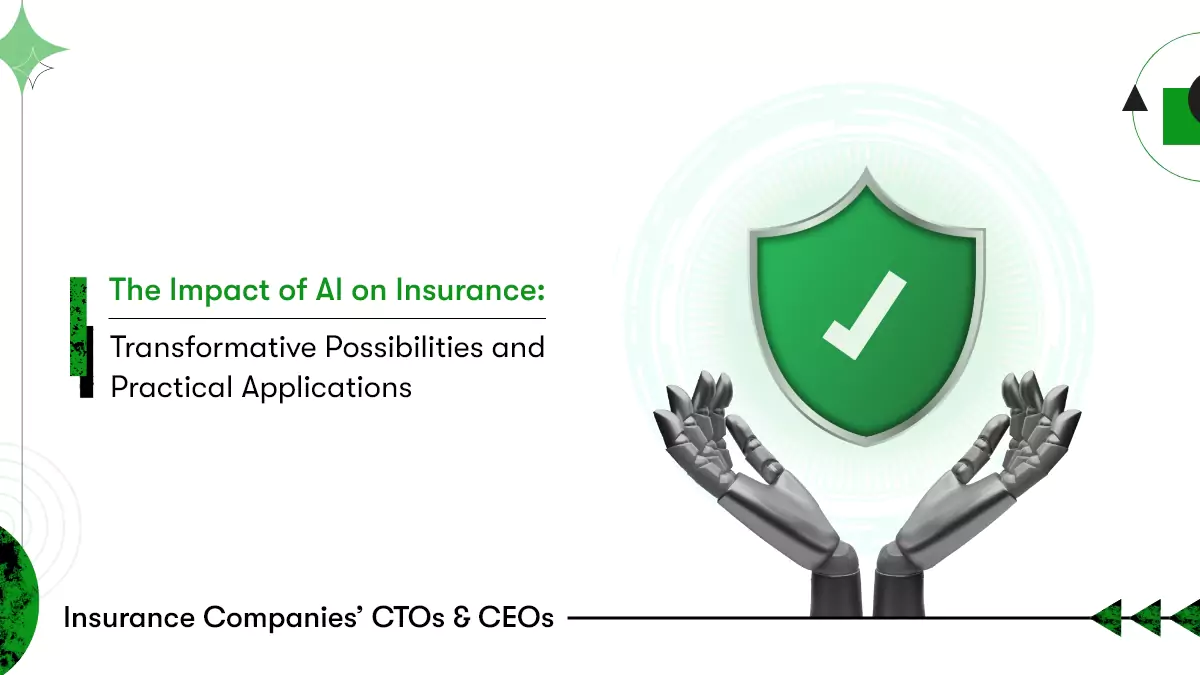

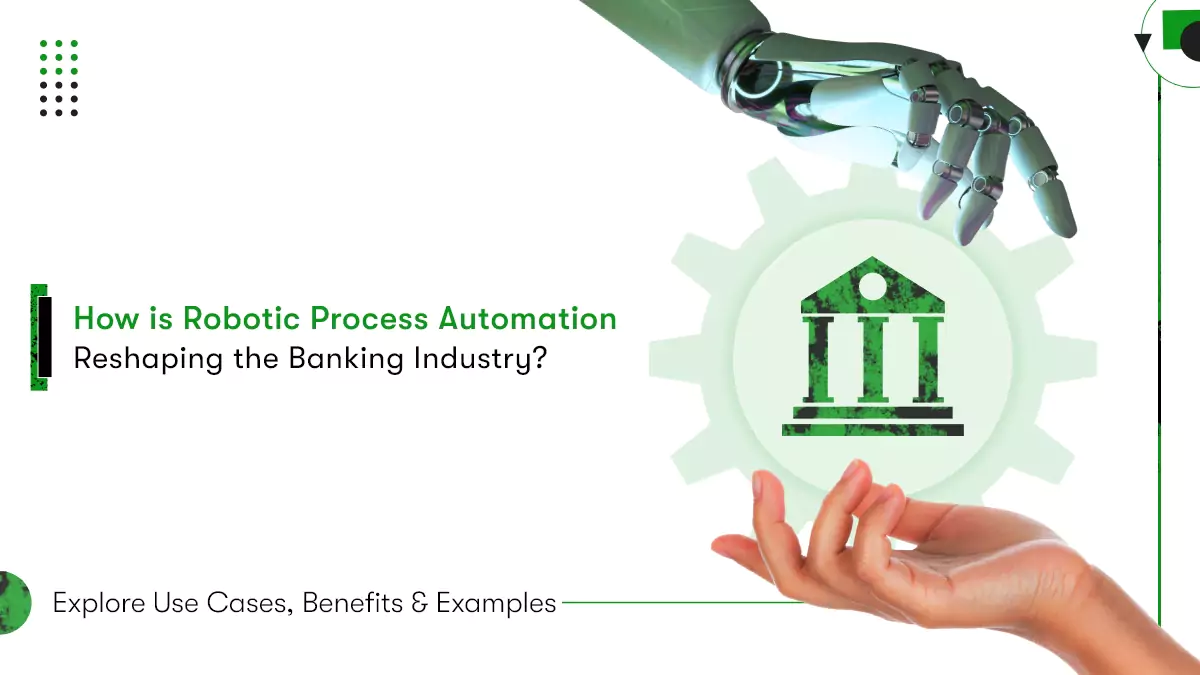






 Contact Information
Contact Information